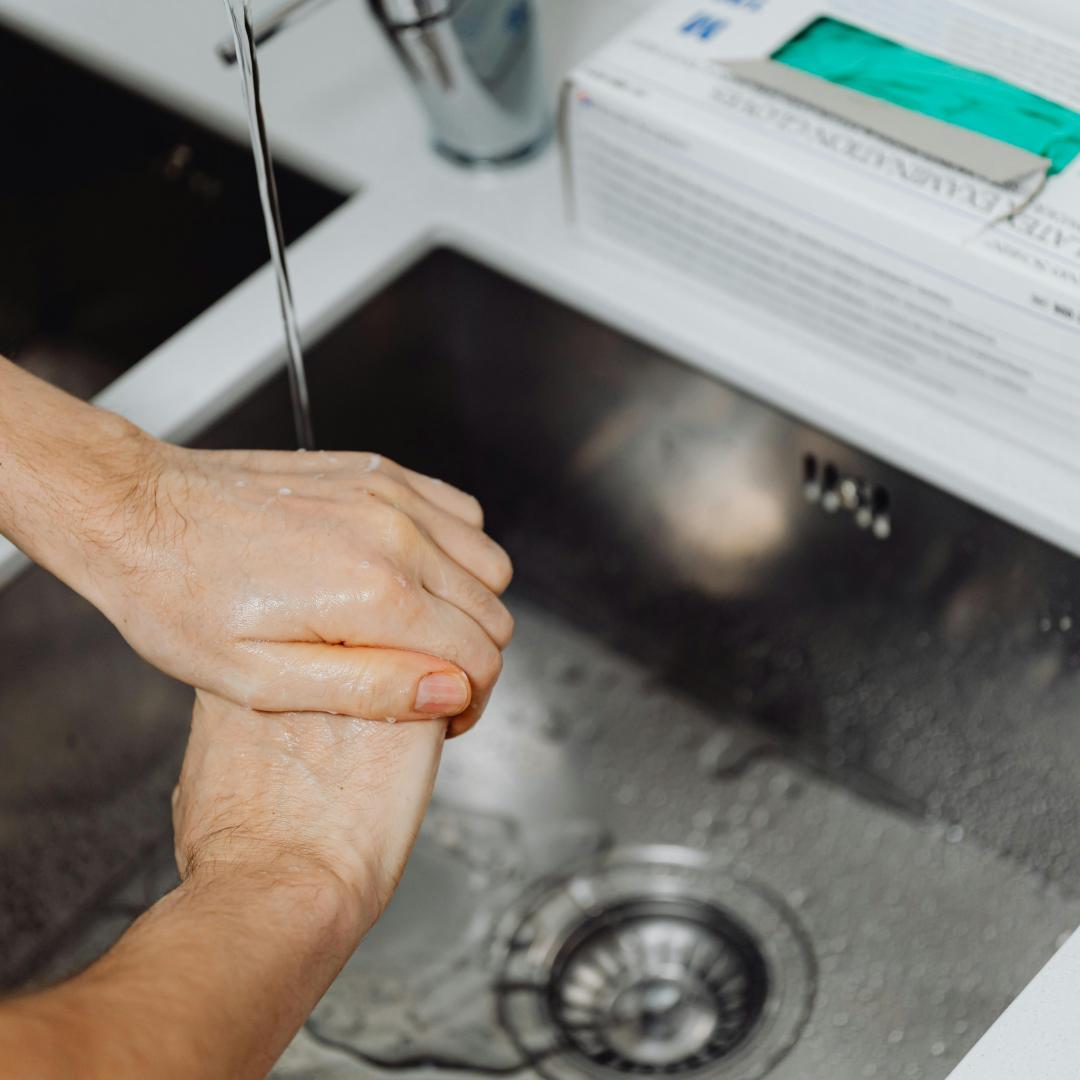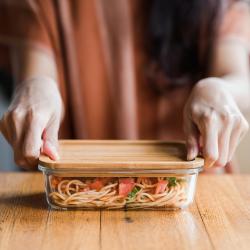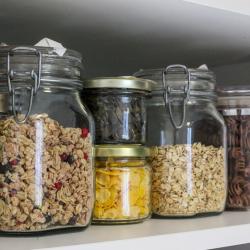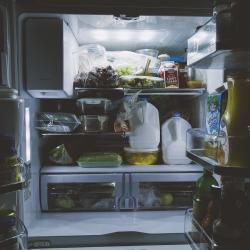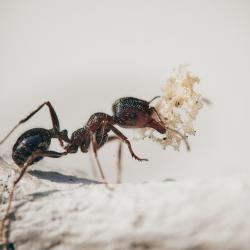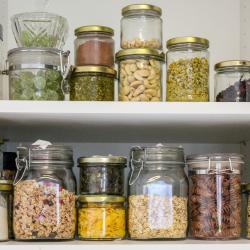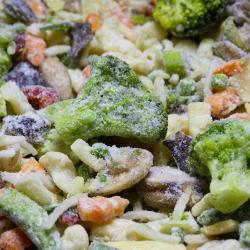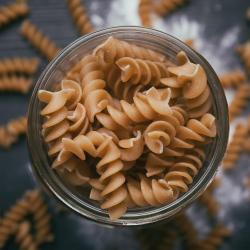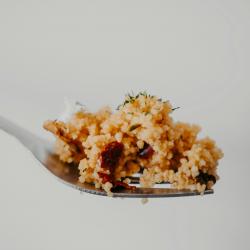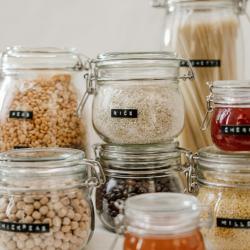Safe Food Handling: How to Avoid Cross-Contamination in Your Kitchen
Cross-contamination in the kitchen is a significant concern that can pose serious health risks. It occurs when harmful bacteria or allergens are unintentionally transferred from one substance or object to another, potentially leading to foodborne illnesses. Proper food handling practices are essential for maintaining a safe kitchen environment. Here are some effective strategies to avoid cross-contamination and ensure your meals are both delicious and safe.
1. Understand the Basics of Cross-Contamination
Cross-contamination is often a result of improper handling and can occur in several ways:
- Direct contact: When raw meat touches other foods.
- Surfaces: Using the same cutting board or utensils for raw and cooked foods without proper washing.
- Hands: Handling food with unwashed hands after touching raw meats or other contaminants.
2. Practice Proper Hand Hygiene
Washing hands is one of the simplest and most effective ways to prevent cross-contamination. Follow these tips:
- Wash hands with soap and warm water for at least 20 seconds before and after handling food, especially raw meat, poultry, and seafood.
- Dry hands with a clean towel or disposable paper towel, as cloth towels can harbor bacteria.
3. Use Separate Equipment
Designate specific cutting boards and utensils for different food types:
- Color-coding: Use color-coded cutting boards (e.g., red for meat, green for vegetables) to distinguish between raw and ready-to-eat foods.
- Separate utensils: Use different knives and utensils for raw meats and cooked foods.
4. Clean and Sanitize Work Surfaces
Regular cleaning and sanitization can drastically reduce the risk of contamination:
- Clean kitchen surfaces with hot, soapy water before and after food preparation.
- Sanitize surfaces regularly using a solution of one tablespoon of unscented, liquid chlorine bleach in one gallon of water (or a commercial sanitizer).
5. Store Foods Properly
Proper food storage is crucial in preventing cross-contamination:
- Store raw meat, poultry, and seafood in leak-proof containers and place them on the bottom shelf of the refrigerator to prevent their juices from dripping onto other foods.
- Keep ready-to-eat and cooked foods separate from raw foods in the refrigerator.
6. Cook Foods to Safe Temperatures
Cooking foods to the right internal temperature can kill harmful bacteria:
- Use a food thermometer to ensure that meats are cooked to the recommended temperatures: 165°F for poultry, 160°F for ground meats, and 145°F for steaks, roasts, and fish.
- Avoid partial cooking, which can encourage bacterial growth.
7. Be Careful with Marinades
If you marinate meat, use a separate container and discard the marinade after use:
- If you want to use the marinade as a sauce, set aside a portion before adding raw meat, or ensure it is boiled after contact to kill any bacteria.
8. Manage Allergens Safely
For those with allergies, cross-contamination with allergens is a serious issue:
- Prepare allergen-free foods first to minimize risk.
- Clean all equipment and surfaces thoroughly before preparing allergen-free meals.
Conclusion
By implementing consistent safe food handling practices, you can significantly reduce the risk of cross-contamination in your kitchen. These preventative measures not only protect you and your loved ones from foodborne illnesses but also ensure that every meal is prepared in the healthiest way possible. Adopting these habits forms the foundation of a safe, clean, and efficient kitchen environment. Stay vigilant, stay clean, and enjoy cooking with peace of mind.
